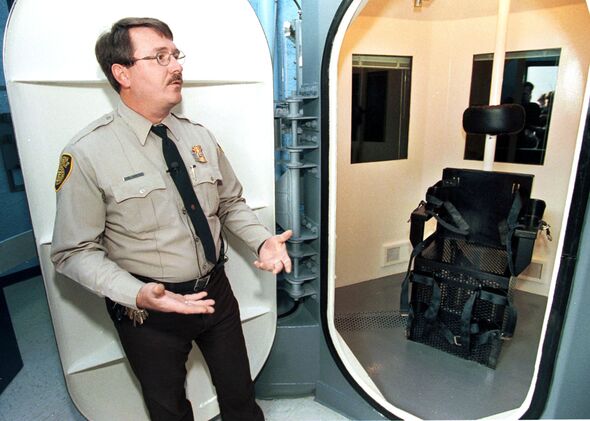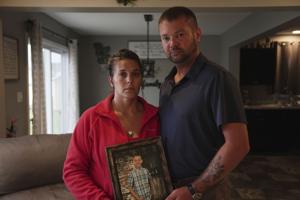
UPDATE: The U.S. faces an urgent reckoning as botched executions escalate, highlighted by the controversial return of the firing squad for executions. On March 7, 2024, Brad Signmon, a double murderer, became the first person executed by firing squad in over 15 years, marking only the fourth use of this method since the death penalty was reinstated. This grim milestone raises serious questions about the efficacy and humanity of capital punishment in America.
Experts and advocates are sounding alarms as reports of botched executions surface with alarming frequency. In a shocking revelation, a new book titled The Volunteer: The Failure of the Death Penalty in America by Gianna Toboni details harrowing accounts of death row inmates subjected to excruciating and prolonged deaths. One man, John Louis Evans, suffered three jolts of electricity over a torturous 14 minutes before his body caught fire during an execution in 1983.
The book emphasizes the disturbing reality of modern execution methods that often go wrong. In a tragic incident involving David Lawson, he gasped and thrashed as cyanide gas filled the chamber in North Carolina, pleading with witnesses, “I’m human! I’m human! Don’t kill me!” Such heart-wrenching cries underscore the ongoing debate surrounding the morality of the death penalty.
The recent uptick in botched executions has led to a renewed focus on the lethal injection protocol, which was initially adopted for its perceived humanity. However, since its introduction in 1977, it has frequently resulted in disastrous outcomes, with 2022 dubbed the “year of the botched execution.” Reports indicate that at least seven executions went awry that year alone.
In a particularly harrowing instance in April 2014, the execution of Clayton Lockett in Oklahoma turned into a nightmare when medical personnel struggled to find a usable vein. After several unsuccessful attempts, the doctor resorted to inserting the line into Lockett’s groin, resulting in blood “squirting” from his body. Witnesses reported that Lockett regained consciousness during the execution, thrashing and attempting to speak for a shocking 43 minutes before finally succumbing to the drugs.
With these grim realities, some states are reinstating older methods like the firing squad. Former Utah state representative Paul Ray, a staunch advocate for this method, argues that it is a more straightforward approach to justice. “If you have the death penalty, you have to find a way to pull it off,” he states, emphasizing that the brutality of the method should reflect the severity of the crimes committed by the inmates.
As these developments unfold, the ethical implications of capital punishment are more pressing than ever. The emotional toll on families, victims, and the condemned is profound, igniting fierce debates across the nation. With the spotlight on botched executions and the resurgence of the firing squad, many are left questioning if the death penalty can ever be administered humanely.
This is a developing story, and further updates are expected as the public and legal experts continue to grapple with the implications of these shocking revelations. The urgency of this issue demands immediate attention as the conversation around capital punishment evolves in light of these horrific outcomes.





